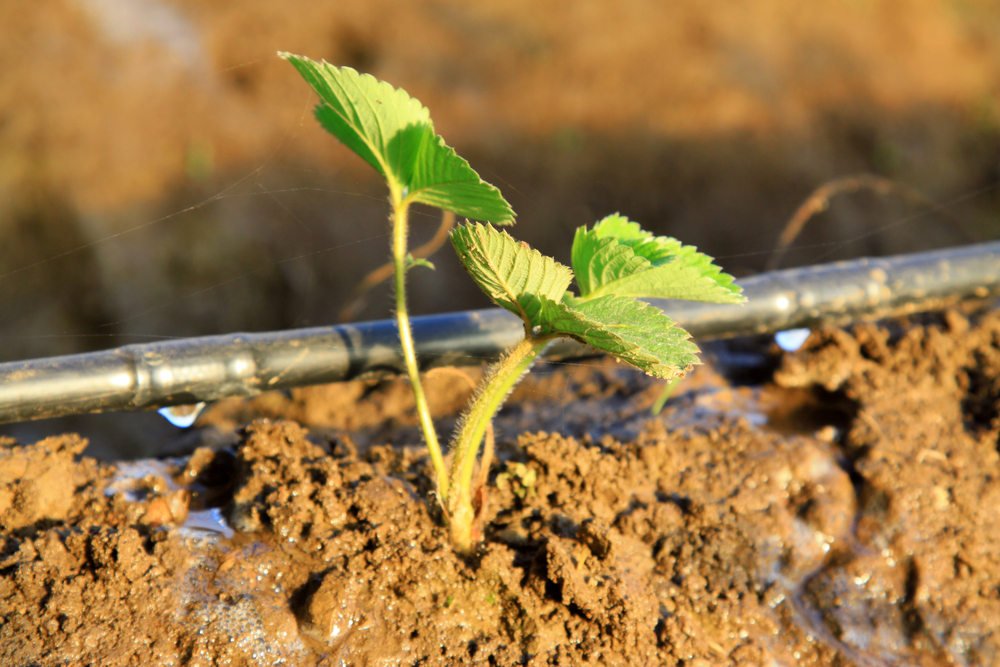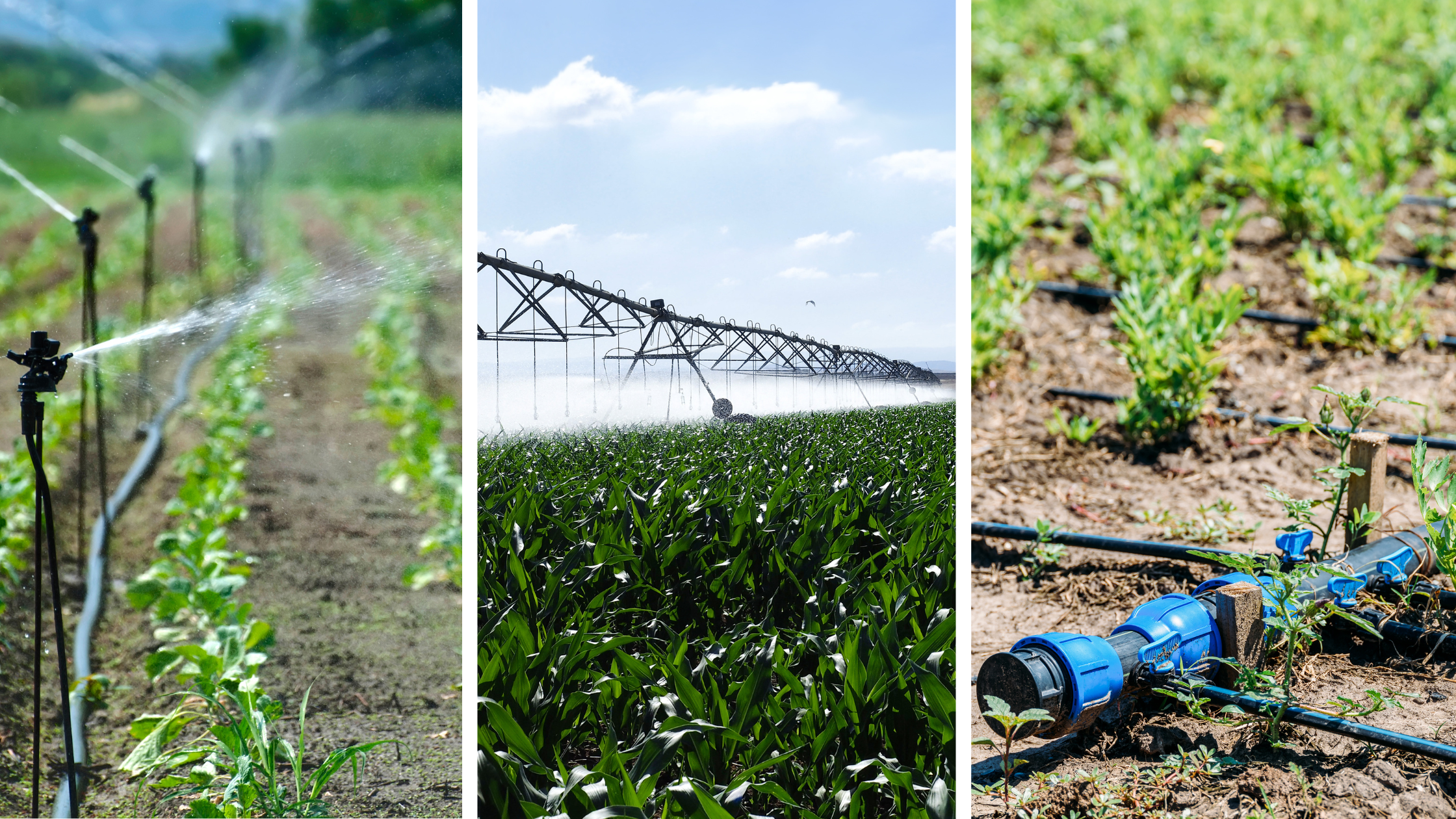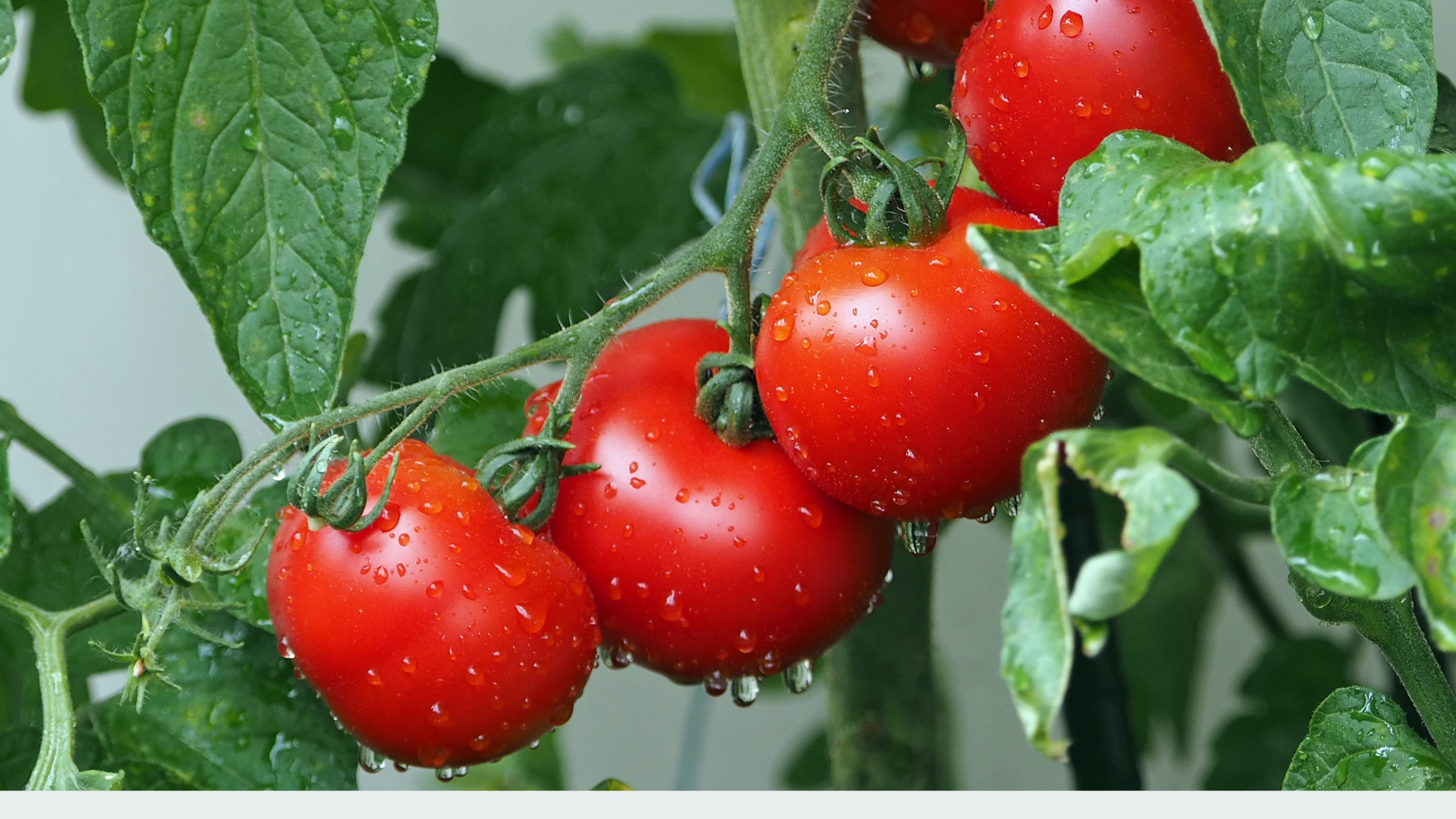Introduction to Strawberry Farming
Strawberries hold a prominent position in the agricultural market, renowned for their sweetness and versatility. As demand for strawberries continues to rise, farmers must adopt efficient practices, especially regarding irrigation, to maximize yields. Understanding how to calculate irrigation needs is essential for successful strawberry farming.
The Importance of Strawberries
Strawberries not only provide nutritional benefits but also contribute significantly to farmers' incomes. They are highly sought after in both domestic and international markets. However, achieving high yields requires careful planning, especially regarding water supply.
Requirements for Growing Strawberries
Strawberries thrive in well-drained, nutrient-rich soils and require consistent moisture. Proper irrigation enhances fruit quality and increases productivity. This article will guide you through calculating the irrigation hose and accessory needs for strawberry farming.
Calculating the Needs of 63 mm Irrigation Hoses
Measuring Your Land
A feddan is approximately 0.42 hectares or 1.038 acres. To measure your land:
- Measure the length and width of your field.
- Convert to feddans:
Example: For a field of 100m x 40m:Area (in feddans) = (Length (m) × Width (m)) / 4200
Area = (100 × 40) / 4200 ≈ 0.952 feddans
Determining Hose Density
Required hose density varies with soil type:
- Sandy soils: 2-3 hoses per feddan.
- Clay soils: 1-2 hoses per feddan.
For sandy soil (3 hoses per feddan):
Total Hoses Needed = Density × Area
Total Hoses Needed = 3 × 0.952 ≈ 2.856 hoses
Calculating Hose Length
If each hose is 100 meters long:
Total Hose Length (m) = Total Hoses Needed × Length of Each Hose
Total Hose Length ≈ 3 × 100 = 300 meters
Drip Hose Requirements
Benefits of Drip Irrigation
Drip irrigation is one of the most efficient methods, providing targeted moisture directly to plant roots while minimizing water waste.
Calculating Drip Hose Spacing
Typical spacing ranges from 30 to 50 cm:
Rows per Feddan = 1000 m / 0.3 m ≈ 3333 rows
Number of Drip Hoses
For a double-row system with 5 hoses:
Total Hoses = 5 hoses/row × 2 rows = 10 hoses per feddan
Total length required:
Total Hose Length = 10 hoses × 100 m = 1000 meters
Accessory Needs
Accessories are essential for a functional irrigation system:
- Connectors: Needed for linking hose sections.
- Filters: Crucial for removing impurities.
- Valves: Help control water flow and pressure.
Calculating Accessories
If you have 10 hoses:
- Connectors: 10
- Filters: 1-2 based on hose length
- Valves: Based on zones (e.g., 1 per zone)
Estimating Total Costs
Analyzing Costs
Cost analysis is crucial for budgeting:
- Hose Costs: Assume $2 per meter. For 1300 meters:
Total Hose Cost = 1300 × 2 = $2600
- Accessory Costs: Connectors at $0.5 each for 10:
Total Connector Cost = 10 × 0.5 = $5
- Filters: $20 each:
Total Filter Cost = 1 × 20 = $20
Cost-Reduction Strategies
To minimize costs:
- Consider bulk purchases for discounts.
- Invest in durable materials to reduce long-term costs.
- Explore competitive pricing from local suppliers like Alhandasih.com.
Improving System Efficiency
Regular Maintenance
Regular maintenance ensures your irrigation system's longevity:
- Inspect for leaks regularly.
- Clean filters to prevent clogging.
Investing in Quality Materials
Opt for high-quality hoses and accessories to minimize replacements.



